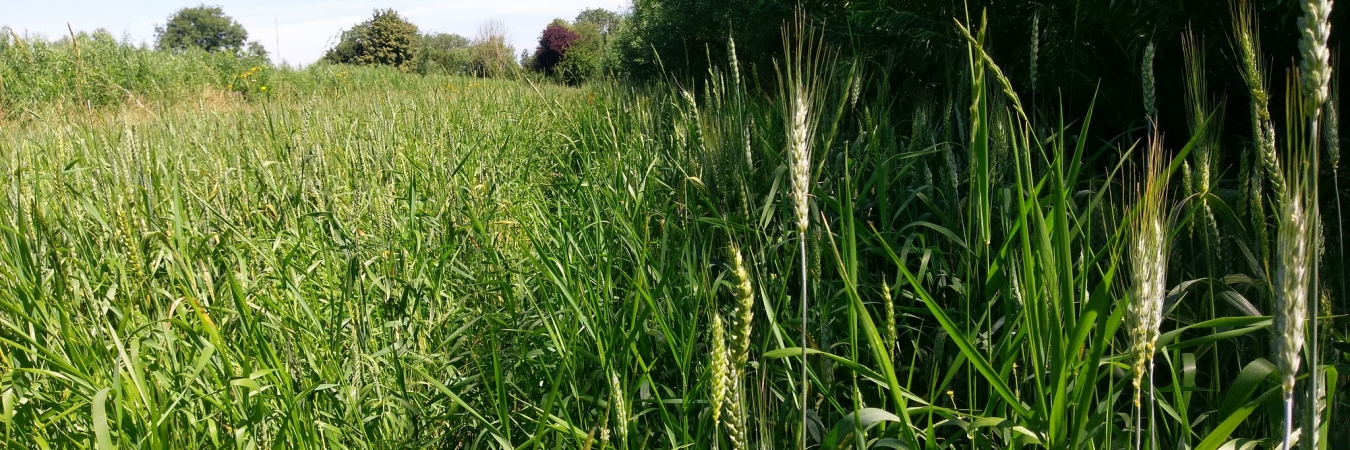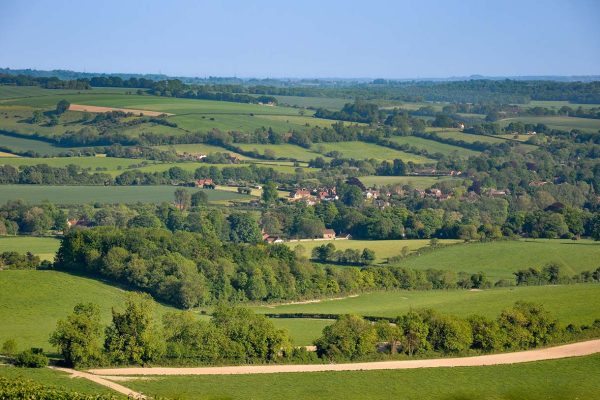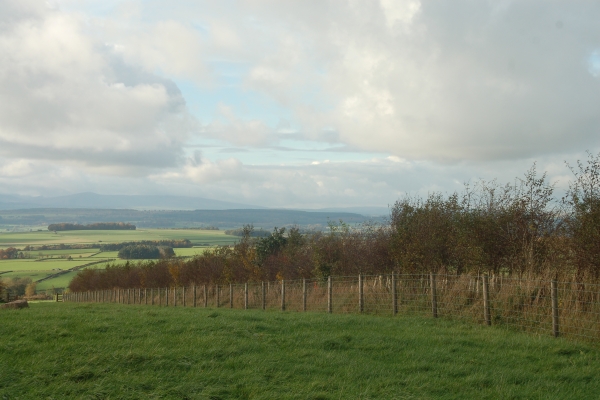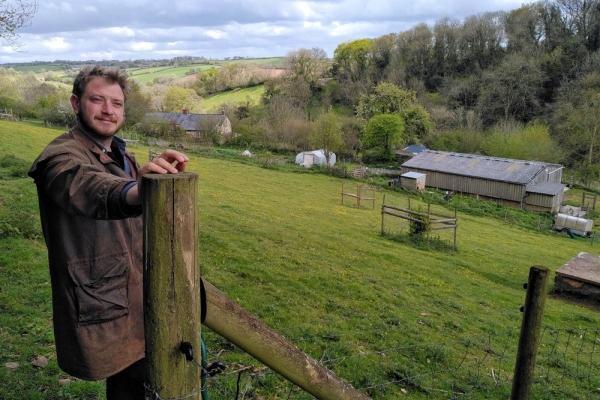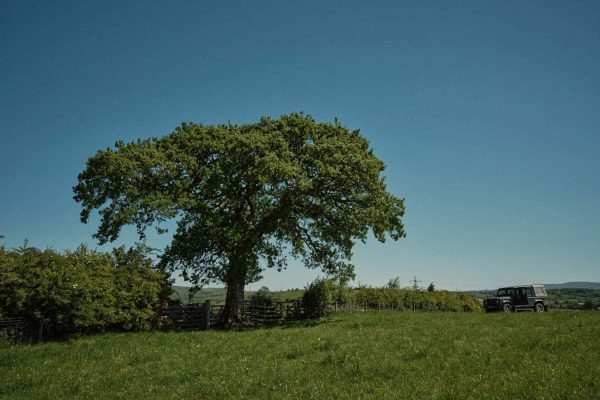A researcher’s reflections on EURAF 2021 – the fifth European agroforestry conference
The fifth cross-European conference on agroforestry, EURAF 2021, was recently held online and attended by several members of the ORC. This conference was delayed in 2020 due to the Covid crisis and some of the branding and infrastructure from preparations for the 2020 conference spilled over into the 2021 meeting, but this caused little confusion and this hugely complex online event was executed admirably by the Italian hosts.
It can be argued that the maturity of a scientific discipline can be gauged by the extent to which it intersects with other scientific disciplines, and by that measure agroforestry is maturing nicely. Themed sessions at EURAF 2021 included agroforestry’s interaction with: climate change, biodiversity and wildlife management, landscape ecology and aesthetics, food production and certification, wildfire prevention, ecosystem service provision, and rural tourism, among others.
Detailed discussions of presentations necessarily reflect the interests of the ORC attendees, but agroforestry’s role in halting or slowing global biodiversity decline, as well as the potential for agroforestry to utilise the functional benefits of biodiversity, was clearly a major theme of the conference. In a plenary session Professor Bart Muys (Division of Forest, Nature and Landscape, KU Leuven, Belgium) explained that while the relationship between diversity and ecosystem stability is well established, agroforestry has not, to date, been especially efficient at exploiting this relationship, with many agroforestry systems typically utilising only one or a few species of tree or crop. He went on to describe some agroforestry systems that have utilised targeted and highly integrated plant diversity to great effect, including an Acacia-maize system and the red chili agroforestry systems of India.
This theme of diversity and agroforestry continued into unexpected areas. ORC delegates were delighted by a presentation given by Canadian academics, Geneviève Laroche, Gérald Domon, and Alain Olivier, on ‘Visual appreciation of tree-based intercropping systems.’ Pictures of different agroforestry systems were shown to citizens from different regions of Quebec and their aesthetic appreciation of the images measured. People do not seem to like the “artificiality” of many agroforestry systems: their typical organisation into strict lines of trees. This may sound a trivial issue but the scientists correctly stated that this could be a serious consideration when developing agroforestry systems in areas that attract significant numbers of tourists. Citizens also appear to prefer agroforestry systems with added biodiversity and structural complexity, such as those that have smaller shrubs added to the system as well as trees.
Putting all this together then, biodiversity in agroforestry systems can beget further diversity, improve the functioning of the agroforestry system, and appear nicer to tourists. Win-win-win.
Computational modelling may not be everyone’s idea of a good time, but it is a technique that is heavily utilised in the analysis of agroforestry systems. The main models currently used in European agroforestry are excellent but typically require a large data collection effort from those that want to use them. Eike Luedeling of the Horticultural Sciences Group of the University of Bonn presented a modelling technique used by his research group based on a decision analysis framework. Essentially, models are cobbled together somewhat based on expert opinion then the constructed model is used to determine which parts of the model require further field data. This intriguing method has the potential to reduce field effort considerable when constructing agroforestry models.
A beautifully presented talk by Anna Panozzo (a PhD student in crop science at the University of Padova, Italy) on the use of artificial shade to mimic tree shade in field trials of wheat interested ORC delegates due to ORC’s involvement in organic seed breeding programs such as the EU LIVESEED and AGFORWARD projects. Panozzo presented experiments in which patches of old and new variety wheat were shaded with plastic nets in the field. Surprisingly, given that we tend to consider old varieties “robust,” the new variety (Bologna) didn’t mind the shading and actually did better than in full sun, while the old varieties (Terminillo and Piave) appeared to suffer under reduced sunlight.
Silvopastoral researchers have clearly taken to heart the bad press livestock production has received recently in relation to carbon emissions. Several talks examined the potential for agroforestry to take these farming systems towards net zero carbon. The message from researchers such as Fabiana Villa Alves (Ministério da Agricultura, Pecuária e Abastecimento, Brasil) and Antonio Pulina (Department of Agriculture, Università degli Studi di Sassari) is that trees can help achieve this goal but the design of such systems must be considered carefully. Trees that are too big, for example, can impede pasture growth and the best silvopastroal systems are fully whole-farm integrated.
Animal welfare is a huge concern for livestock researchers and farmers, particularly farmers in the organic sector where higher standard of animal care are required for certification. The role of trees in promoting animal welfare was well represented in EURAF 2021. ORC’s Lindsay Whistance presented a review on how trees help mammalian livestock regulate temperatures. This is relevant to both cold and hot regions. Cows and sheep will seek shade when hot and find tree cover when cold to create a slightly warmer microclimate. This type of behaviour has practical implications beyond animal welfare. Animals that are too hot or cold start to burn energy that could otherwise be used for tissue development.
So EURAF 2021 was an interesting meeting. One possible gripe was a perceived lack of urgency about tree planting. We heard a lot of caution being urged (“The right tree for the right place”) but not so much urgency (“Let’s get those trees planted!”). Agroforestry practitioners do have to be careful and sensible in implementation but, on the other hand, the IPCC gives us until 2030 to halve carbon emissions while achieving carbon neutrality by 2050. Perhaps the next EURAF meeting should hold a session providing sensible and straightforward recommendations for accelerated, emergency planting of trees on agricultural land.
